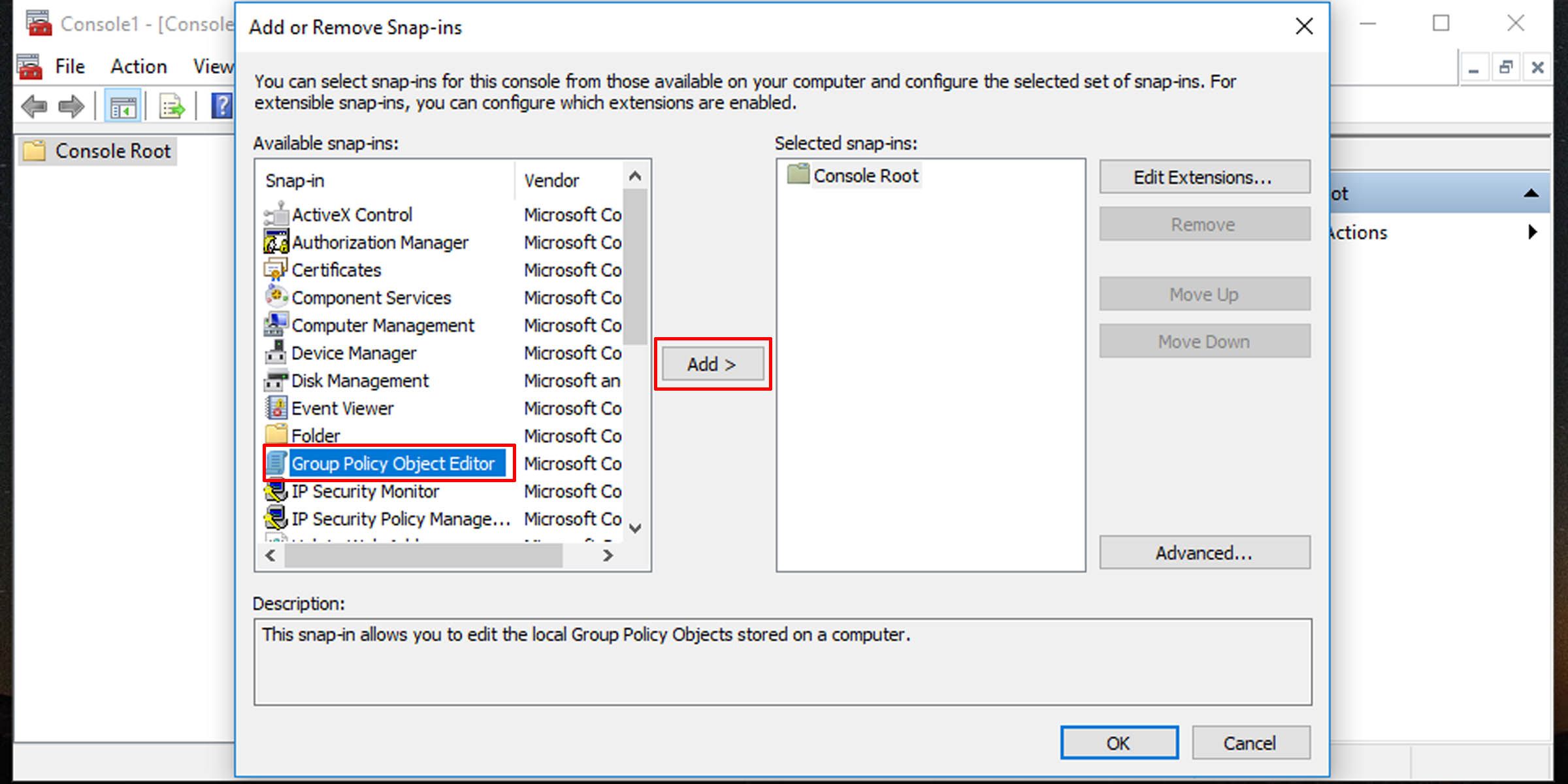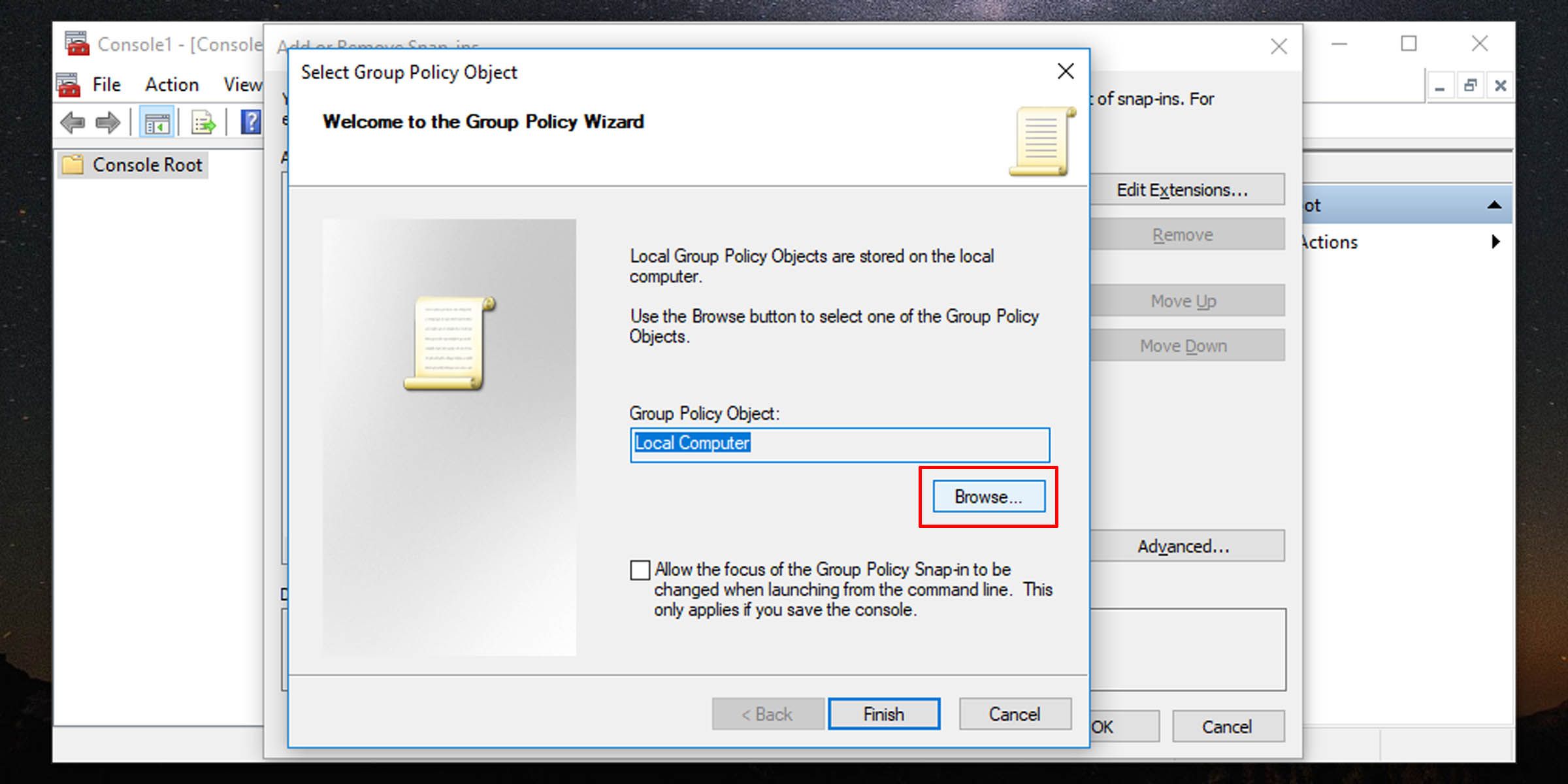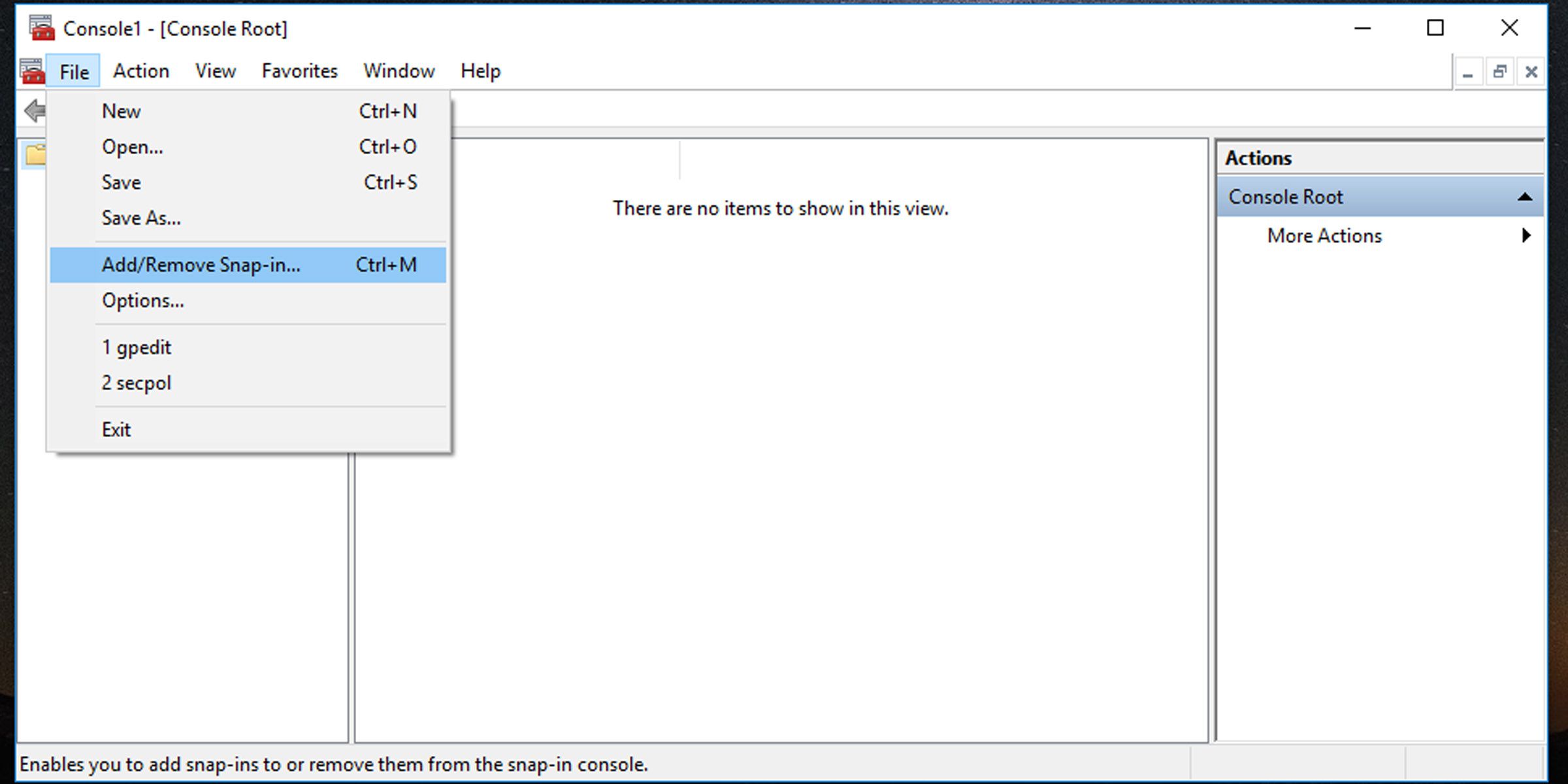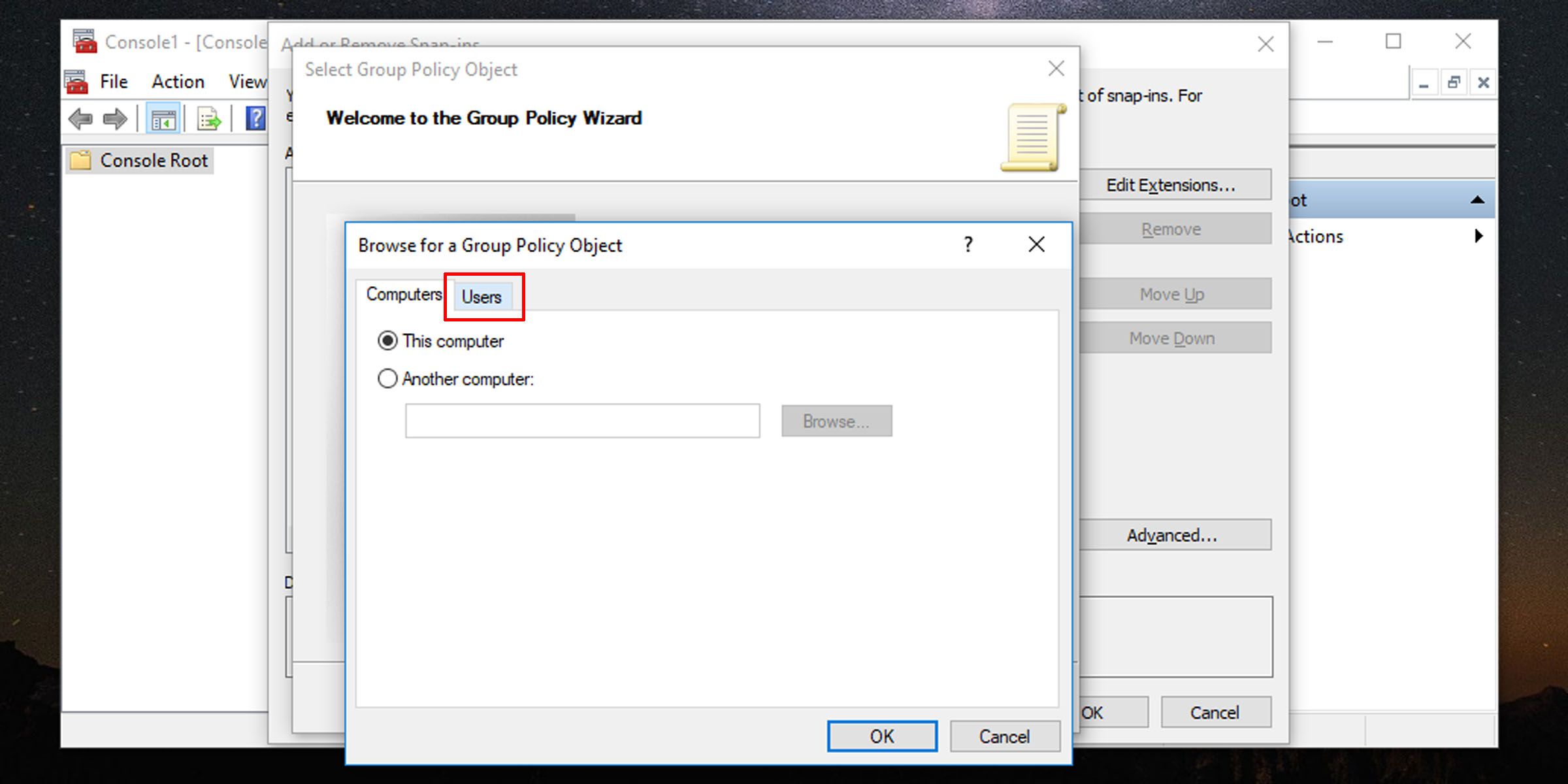
Mastering the Art of Custom GPO Assignment to One User in Win OSes

Mastering the Art of Custom GPO Assignment to One User in Win OSes
When applying a local group policy to your PC, you may not want it to paint over all users. The answer is to apply local group policy to a specific user or set of users. This way you can control which features are accessible to specific user accounts.
It also makes it easy to apply and modify controls and appearances for individual users, and you’ll get a quick glance at which policies apply to which users. Here’s how to apply local group policy to specific user accounts on Windows 10 and 11.
Disclaimer: This post includes affiliate links
If you click on a link and make a purchase, I may receive a commission at no extra cost to you.
What Is the Local Group Policy?
Group Policy is a Windows feature that gives you more control over the things user accounts are able to do and have access to. Changing Group Policy changes how the system works for different sets of users. We’ve covered what Group Policy is and how you can use it , with examples, in much more detail separately.
How to Apply a Local Group Policy to a Specific User Account
First off, you must have Windows 10 Pro, Enterprise, or Education editions to access the Local Group Policy Editor. Here’s how to set up what’s called a Microsoft Saved Console (MSC) for a specific user.
- Press Win + R, type “mmc” into the box, and hit OK. This will open the Microsoft Management Console.
- You will be presented with a UAC prompt. Click on Yes.
- In the Microsoft Management Console window that opens up, go to File > Add/Remove Snap-in.

- Look for and select Group Policy Object Editor; click on the Add button to add it to the Selected snap-ins pane; and click OK.

5. Next you will be asked to select a Group Policy Object. Click on Browse.

- Switch to the Users tab in the window that pops up.

- Select the user account for which you want to create a custom Local Group Policy, then click OK.
- Click on the Finish button, and then on the Add or Remove Snap-ins window, click OK on the bottom right.
- The Group Policy for the specific user should appear in the console window.
- Go to File > Save As and select a location you want to save the MSC. You can rename it here.
- Once you’re done, click on the Save button.
You’ve now created a user-specific Local Group Policy MSC. Whenever you need to configure policy settings that apply just to this specific user, double-click the file you just created and make the policy changes you need. Don’t forget to save the console settings when finished.
Easily Control What Windows Users Have Access To
By utilizing Local Group Policy, you have greater control over what functionality you accord to a specific user or set of users. A simple change at this level can make your job much easier when applying restrictions and granting freedoms to Windows users.
It also makes it easy to apply and modify controls and appearances for individual users, and you’ll get a quick glance at which policies apply to which users. Here’s how to apply local group policy to specific user accounts on Windows 10 and 11.
Also read:
- [New] Best 10 Free Recording Apps for Slack Chats for 2024
- [New] Fade Techniques in Audio Production with Adobe Tools
- [New] Not Just Carjacking Fun The Best Non-GTA Games
- [New] Revolutionize Your Facebook Experience with Auto-Play Videos for 2024
- 2024 Approved Mobile Security-Focused The Leading 10 Free Video Calling Applications
- Customizing Your Display: RGB in Win11
- Eliminating Updater Fails: Code X80246007 for W10/11
- How to Remove Forgotten PIN Of Your Itel A60s
- OLED Asus S15 Review: Pure Stealth in Design, Durability Ensured
- Resolving Windows Steam Login Issues
- Step-By-Step Tutorial: Mastery of Component Services on W11
- Tomorrow’s OS: Reimagining Windows Post-11
- Top 3 Simple Techniques to Build a Compact & Functional Windows 11 Bootable USB Drive
- Top Reviewed 2023 Dual-Function Devices with a Surprisingly Useful Office Perk - Spotted
- Tricks to Turbocharge Your Epic Launcher Speed
- Unblocking Stuck Display Brightness Fn Key in Windows 11
- Useful ways that can help to effectively recover deleted files from Google Pixel 7a
- Title: Mastering the Art of Custom GPO Assignment to One User in Win OSes
- Author: David
- Created at : 2024-11-05 22:03:57
- Updated at : 2024-11-07 18:10:49
- Link: https://win11.techidaily.com/mastering-the-art-of-custom-gpo-assignment-to-one-user-in-win-oses/
- License: This work is licensed under CC BY-NC-SA 4.0.

